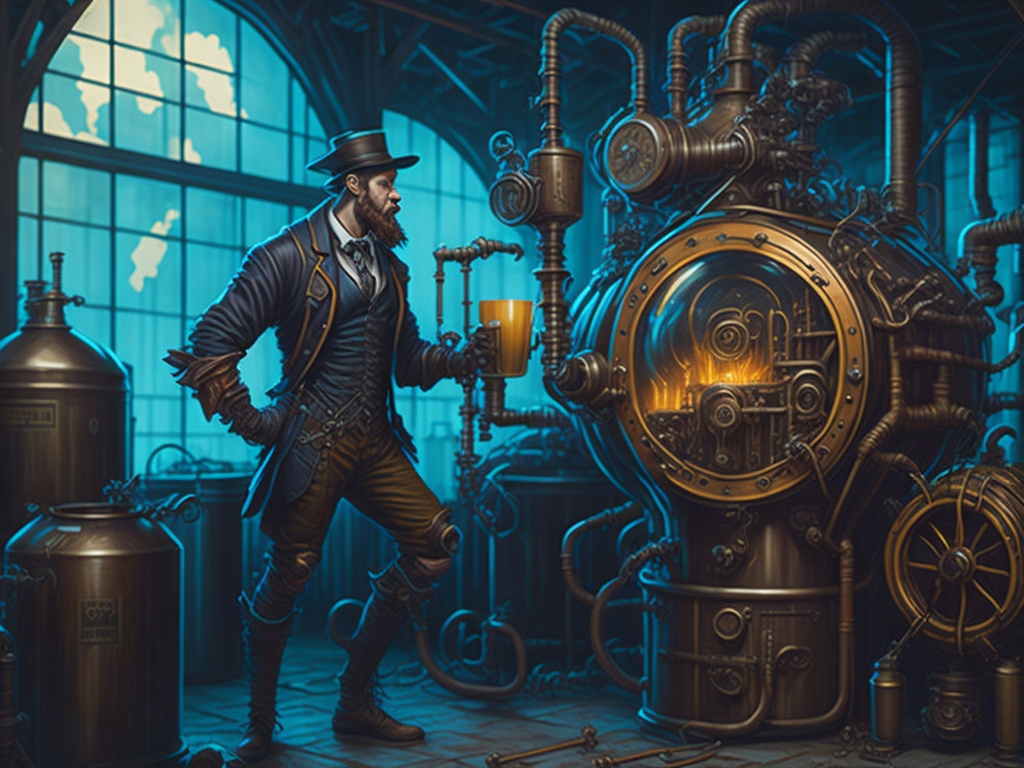Discover the next level of beer brewing mastery.
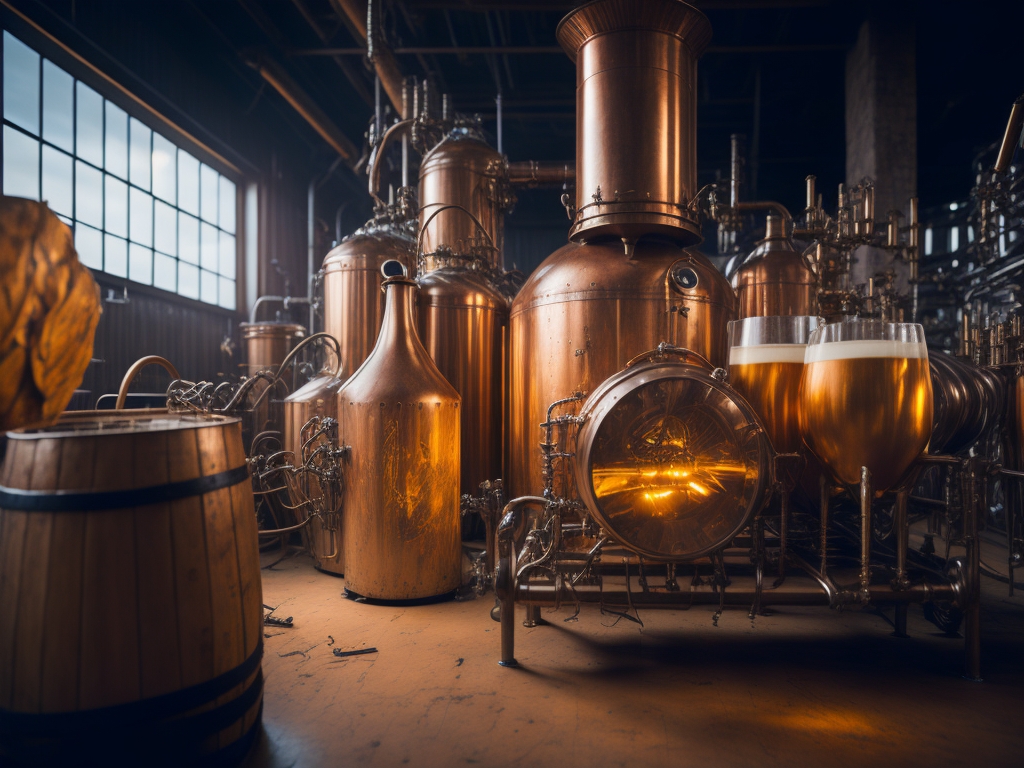
Are you ready to take your beer brewing skills to new heights? In this comprehensive guide, we will delve into the world of advanced beer brewing techniques, where creativity, precision, and continuous learning are paramount. Brewing beer is not merely a hobby; it’s an art form that demands exploration and experimentation. By embracing advanced techniques, you can unlock a whole new realm of flavors and elevate your brewing to a level that mesmerizes the senses.
To truly master advanced beer brewing, it’s essential to embrace the mindset of a lifelong learner. The brewing process is ever-evolving, and staying up-to-date with the latest techniques and innovations is crucial. In this guide, we will provide you with a roadmap to navigate the complexities of advanced brewing, empowering you to create remarkable brews that captivate both connoisseurs and casual beer enthusiasts alike.
Throughout this article, we will cover a range of topics, including advanced ingredients and recipes, techniques for fermentation, cutting-edge brewing equipment, experimental methods, troubleshooting, and valuable resources for further exploration. Get ready to unleash your brewing potential and embark on an exhilarating journey to master the art of advanced beer brewing.
Understanding Advanced Beer Brewing
Transitioning from basic brewing to advanced techniques is a transformative step in the pursuit of brewing excellence. While basic brewing lays the foundation, advanced beer brewing takes you on a journey of exploration, innovation, and refinement.
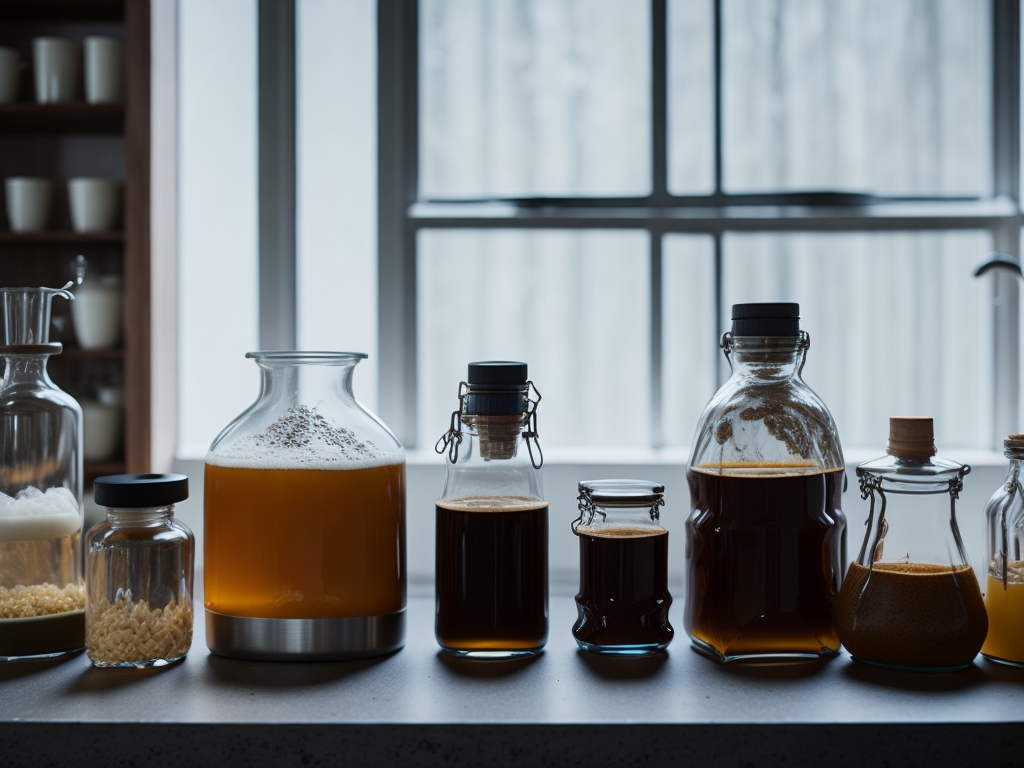
The benefits of pursuing advanced beer brewing are vast. Firstly, it allows you to unlock a wider range of flavors and aromas in your beer, enabling you to create truly unique and memorable brews. Advanced techniques provide the opportunity to push boundaries and experiment with unconventional ingredients, resulting in beers that delight the palate and leave a lasting impression.
However, it’s essential to acknowledge the challenges that come with advanced beer brewing. The intricacies of the brewing process become more pronounced, demanding a heightened level of precision and attention to detail. The risk of introducing off-flavors or encountering brewing mishaps increases, requiring a keen understanding of the science behind brewing and the ability to troubleshoot effectively.
Creativity plays a pivotal role in advanced brewing. It’s about pushing boundaries, experimenting with innovative flavor combinations, and taking calculated risks. Whether it’s exploring new ingredients, implementing unique brewing methods, or developing your own signature recipes, creativity allows you to stand out in the brewing landscape.
Precision and attention to detail are critical in advanced beer brewing. Small variations in temperature, timing, or ingredient proportions can significantly impact the final product. Measuring and controlling variables with precision ensures consistency and quality in your brews.
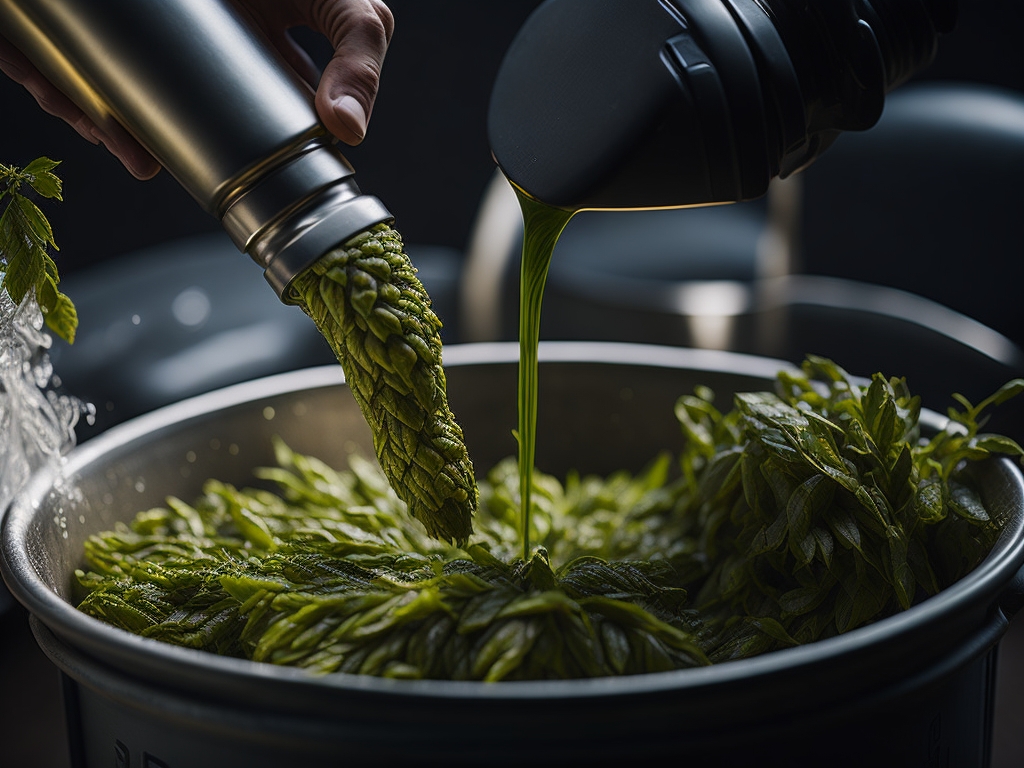
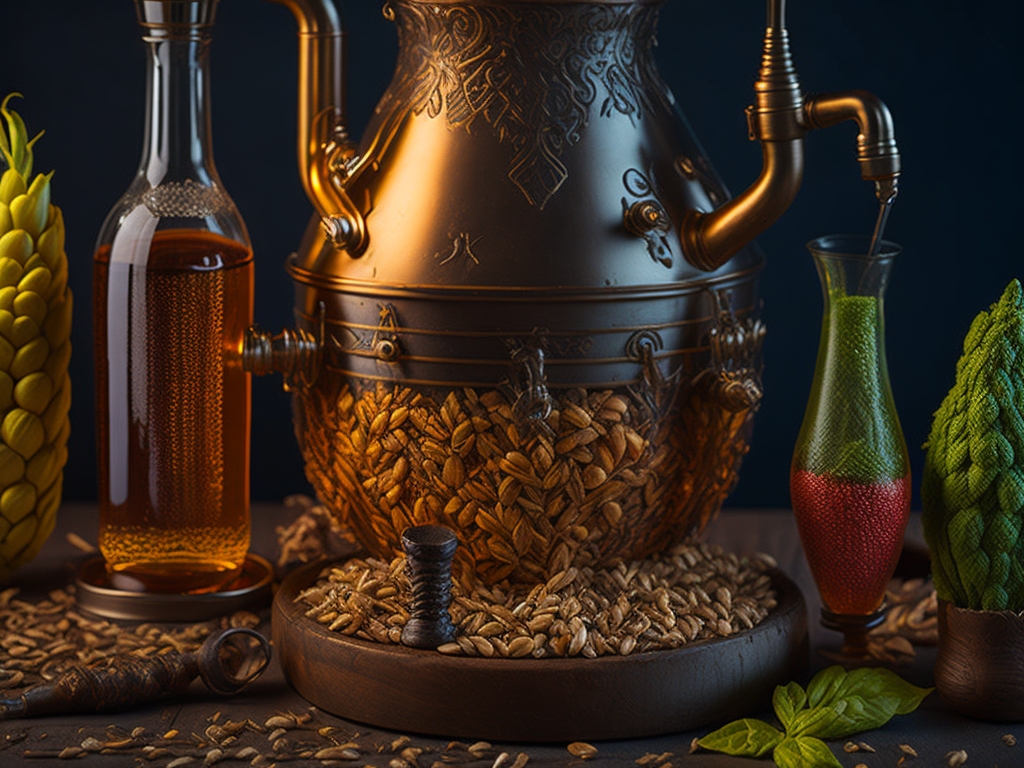
To succeed in advanced brewing, adopting the right mindset is vital. It requires a relentless pursuit of knowledge, a thirst for experimentation, and a willingness to learn from both successes and failures. Embrace the mindset of continuous improvement, always seeking ways to refine your techniques and elevate your brewing skills.
As we delve deeper into this guide, you will gain insights into specific techniques, ingredients, and equipment that will help you unlock the true potential of advanced beer brewing. So, strap on your brewing boots, ignite your passion for innovation, and get ready to embark on an exciting journey of mastering the art of advanced beer brewing.
Advanced Ingredients and Recipes
In advanced beer brewing, the use of unique and specialty ingredients opens up a world of possibilities for creating exceptional flavors and aromas. Let’s explore the significance of ingredient selection, the impact it has on the final product, and the importance of recipe formulation and experimentation.
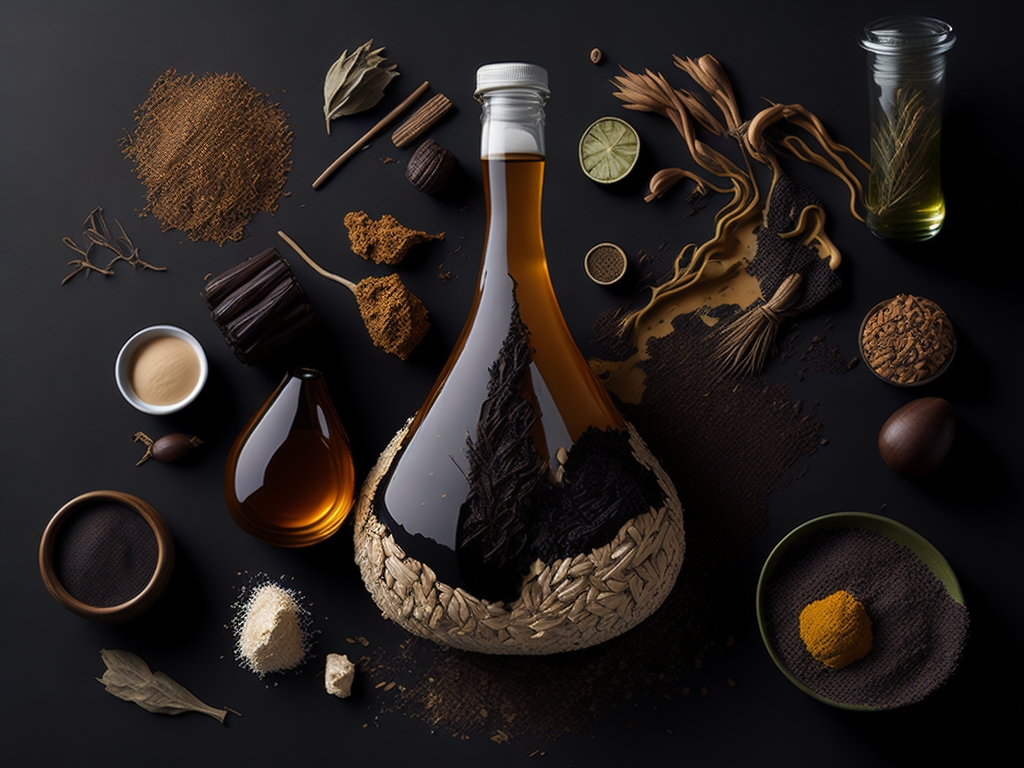
The selection of ingredients plays a pivotal role in advanced brewing, as it directly influences the flavor profiles and brewing outcomes of your beer. By carefully choosing specific malts, hops, yeast strains, and adjuncts, you can create brews that tantalize the taste buds and showcase your creativity.
When it comes to malt selection, advanced brewers often experiment with a variety of specialty malts such as roasted malts, caramel malts, or smoked malts. These specialty malts impart distinct flavors and colors to the beer, enhancing its complexity and depth.
Hops, known for their bitterness, aroma, and flavor contributions, offer endless possibilities in advanced brewing. Unique hop varieties with different alpha acid levels and aromatic characteristics can be employed to create complex hop profiles, ranging from floral and citrusy to piney and herbal. Utilizing dry hopping, hop bursting, or hop combinations in precise ratios can result in dynamic flavor profiles that captivate the senses.

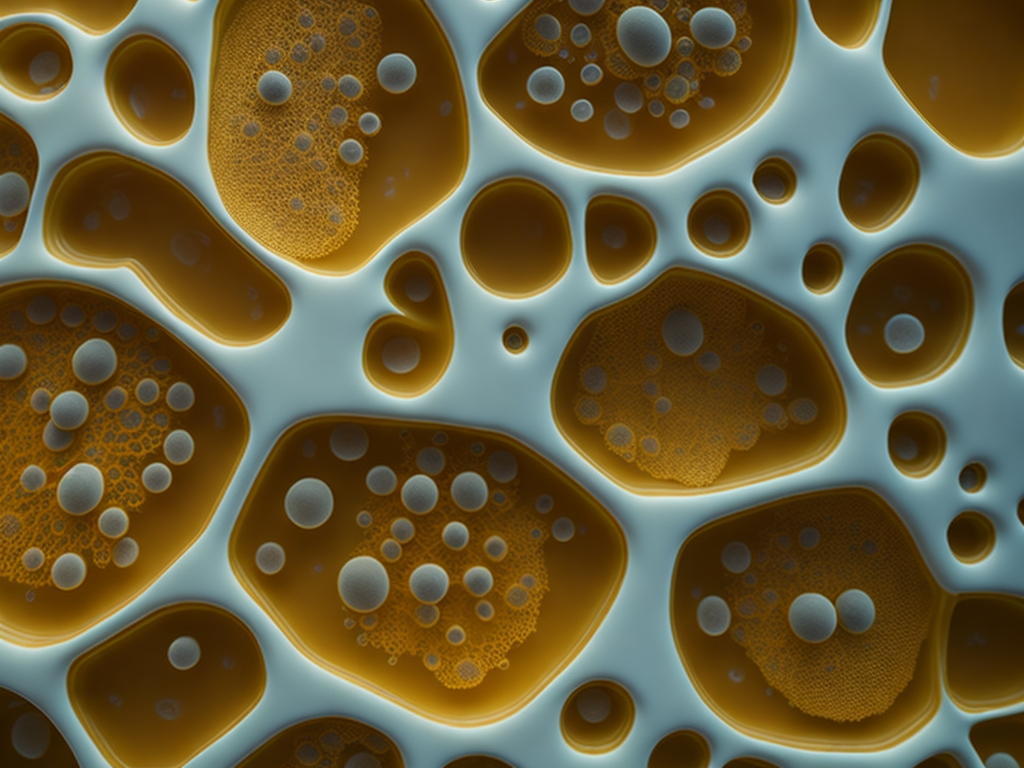
Yeast selection is another critical aspect of advanced brewing. Different yeast strains produce varying esters, phenols, and attenuation levels, influencing the beer’s aroma, flavor, and mouthfeel. Exploring various yeast strains, including wild yeast or mixed cultures, can lead to the development of complex and unique beer styles.
In advanced brewing, recipe formulation is a canvas for your creativity. Crafting a well-balanced and innovative recipe requires careful consideration of ingredient quantities, ratios, and brewing techniques. Experimenting with different malt bills, hop schedules, and fermentation parameters allows you to craft beers that stand out from the crowd.
Techniques for Advanced Fermentation
Fermentation is a crucial stage in beer brewing that significantly impacts flavor development and the overall character of the beer. In advanced brewing, honing your fermentation techniques can elevate your brews to new heights. Let’s delve into the significance of fermentation, advanced techniques such as temperature control, yeast management, and extended aging, and provide practical tips for successful fermentation.

Fermentation is the process where yeast converts sugars into alcohol and carbon dioxide, creating the desired flavors and aromas in beer. It plays a vital role in refining the beer’s flavor profile, balancing sweetness, and contributing to the overall complexity of the brew.
Temperature control during fermentation is essential for achieving consistent and desirable results. Advanced brewers often employ precise temperature management to control yeast activity and maintain optimal conditions. Lower fermentation temperatures can promote a cleaner flavor profile, while higher temperatures can encourage the production of esters and other flavor compounds. Experimenting with different temperature ranges allows you to tailor the beer’s flavor profile to your desired style.
Yeast management is another critical aspect of advanced fermentation. Using healthy yeast cultures and proper pitching rates ensures vigorous fermentation and minimizes the risk of off-flavors. Techniques such as yeast starters, yeast rehydration, or using specific yeast strains known for their desired characteristics contribute to the overall quality of the beer. Additionally, advanced brewers may explore techniques like yeast blending or mixed fermentation with wild yeast and bacteria to create complex and unique flavors.
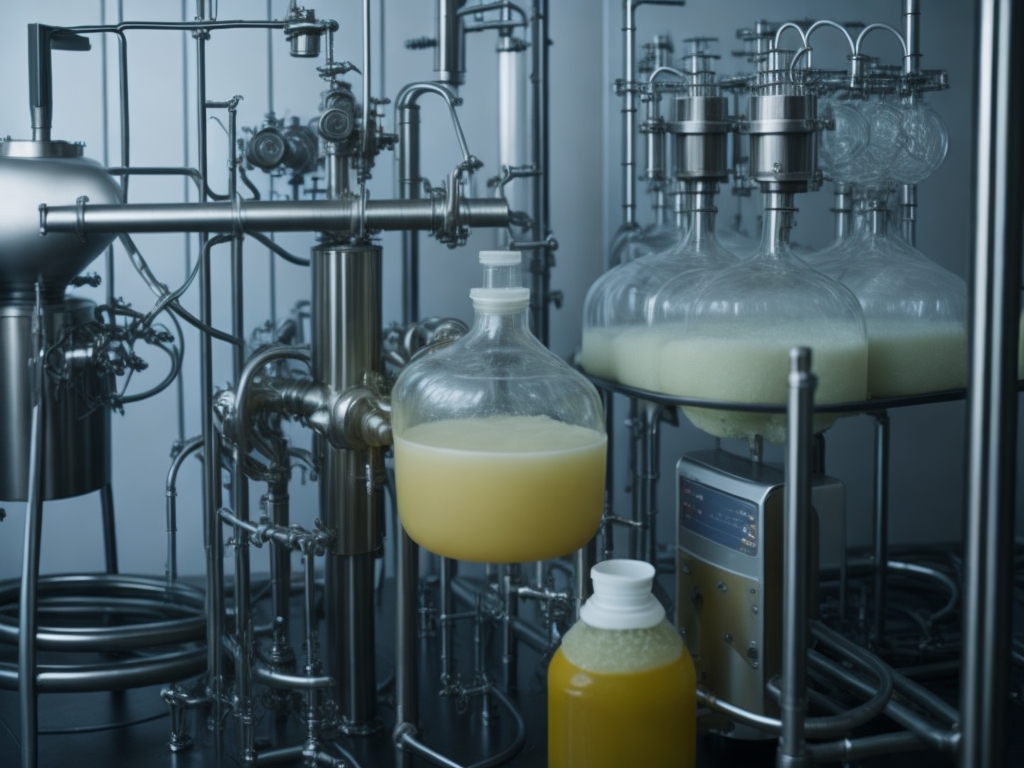
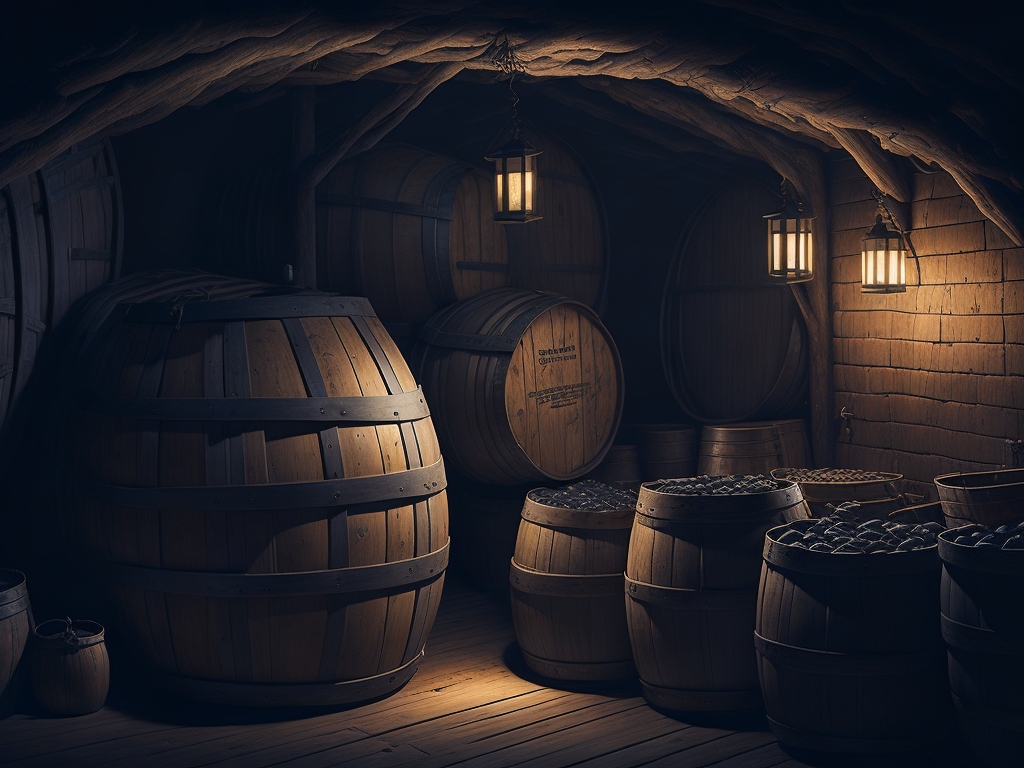
Extended aging, also known as maturation or lagering, involves allowing the beer to mature for an extended period after primary fermentation. This technique is commonly used in lagers, but it can also be applied to other beer styles. Extended aging allows the flavors to mellow, enhances the beer’s clarity, and promotes the development of smooth, well-rounded flavors. However, it requires patience and precise temperature control to achieve the desired results.
Each advanced fermentation technique brings its benefits and challenges. Temperature control provides the opportunity to fine-tune the flavor profile of the beer but demands precision and equipment to maintain consistent temperatures. Effective yeast management ensures a healthy fermentation but requires proper handling, storage, and knowledge of yeast characteristics. Extended aging contributes to a refined and matured beer but necessitates patience and additional time investment.
To ensure successful advanced fermentation, here are some practical tips and best practices:
- Maintain a detailed fermentation log: Note the temperature, yeast strain, pitching rate, and any other relevant details to track the impact on the beer’s flavor and aroma.
- Use a temperature-controlled fermentation chamber: Invest in equipment such as a fermentation fridge or a temperature-controlled conical fermenter to maintain stable fermentation temperatures.
- Oxygen management: Minimize exposure to oxygen during fermentation to prevent off-flavors. Practice proper sealing, use airlocks, and consider purging vessels with carbon dioxide.
- Practice yeast health and propagation: Follow proper yeast handling techniques, maintain proper sanitation, and consider yeast nutrient additions to ensure healthy and robust fermentation.
- Consider yeast health checks: Monitor yeast viability and vitality periodically to ensure optimal fermentation performance.
- Incorporate yeast rousing or agitation: Gentle stirring or swirling during fermentation can help re-suspend yeast, promote attenuation, and enhance fermentation completion.
By implementing these techniques and best practices, you can achieve consistent and high-quality fermentation, leading to exceptional flavor development in your advanced beer brewing journey. In the next section, we will explore advanced brewing equipment and technology that can further enhance your brewing process.
Experimental Brewing Techniques
In the realm of advanced brewing, embracing cutting-edge experimental techniques allows brewers to push the boundaries of flavor and creativity. Let’s delve into some exciting methods used by advanced brewers, including hop bursting, barrel aging, wild yeast fermentation, and souring methods. We will provide step-by-step instructions and considerations for implementing these techniques while highlighting the creative possibilities and unique flavors they offer.
- Hop Bursting: Hop bursting is a technique that involves adding a large quantity of hops late in the brewing process, typically during whirlpool or post-boil stages. This technique maximizes hop flavor and aroma while minimizing bitterness. Here’s a step-by-step guide to hop bursting:
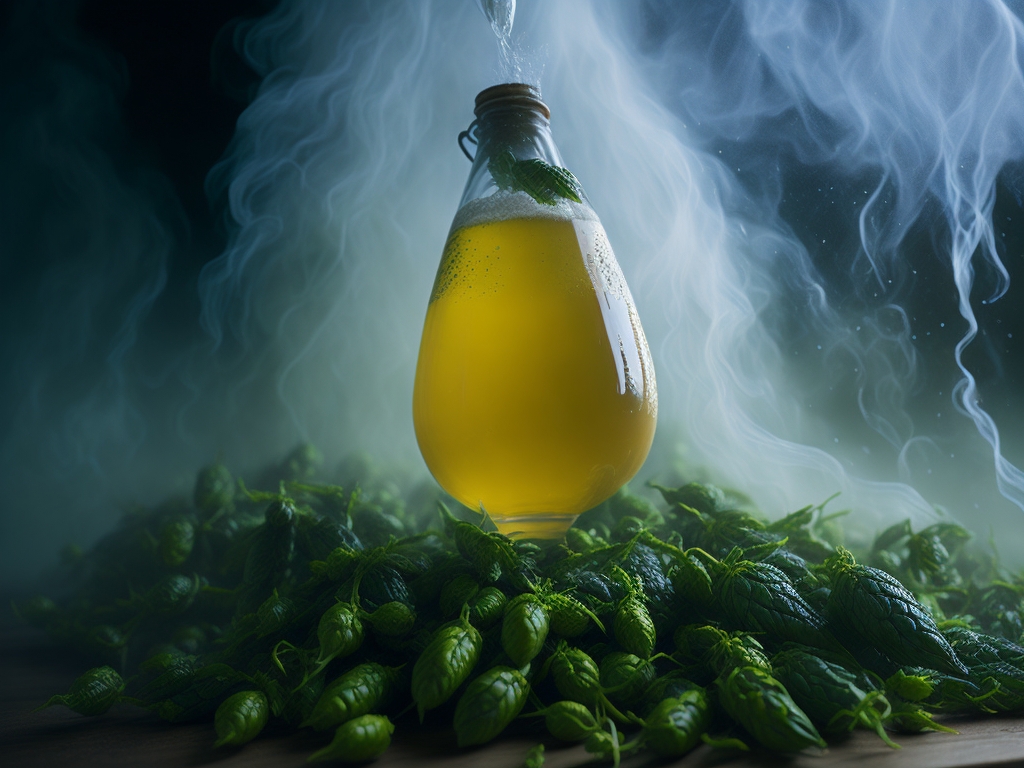
- Select aromatic hop varieties known for their desirable flavors.
- Calculate the appropriate hop dosage based on the desired intensity of hop character.
- After the boil, reduce the wort temperature to around 170°F (77°C).
- Add the hops and allow them to steep for 15-30 minutes.
- Cool the wort and proceed with fermentation.
Considerations: Experiment with different hop combinations and timings to achieve the desired flavor profile. Adjust the hop quantities to balance the intensity of hop character with other beer components.
- Barrel Aging: Barrel aging involves aging beer in wooden barrels, typically oak, to extract unique flavors and impart complexity. Here’s a step-by-step guide to barrel aging:
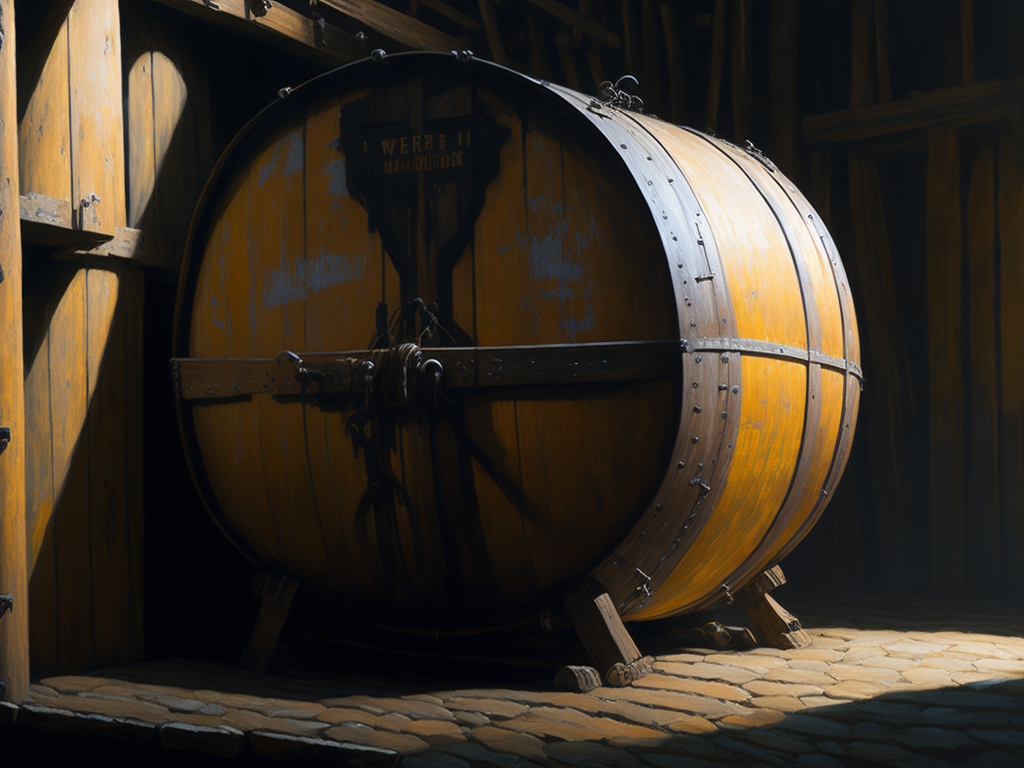
- Select a suitable barrel, ensuring it is properly cleaned and sanitized.
- Choose the beer style that complements the flavors derived from the barrel.
- Fill the barrel with the beer and seal it tightly.
- Store the barrel in a temperature-controlled environment, allowing it to age for an extended period (months to years).
Considerations: Monitor the aging process closely, as flavors from the barrel will continue to develop over time. Taste the beer periodically to determine the optimal aging duration. Be aware of potential oxidation and microbial risks associated with barrel aging.
- Wild Yeast Fermentation: Wild yeast fermentation involves utilizing naturally occurring yeast strains, often found in the environment, to ferment the beer. This technique imparts distinctive flavors and aromas. Here’s a step-by-step guide to wild yeast fermentation:

- Collect or acquire a wild yeast culture. This can be done by capturing yeast from the air, fruit, or other natural sources.
- Create a suitable wort for fermentation.
- Inoculate the wort with the wild yeast culture and allow fermentation to occur at an appropriate temperature.
- Monitor the fermentation process closely, as wild yeast strains may have different characteristics and fermentation timelines.
Considerations: Be aware that wild yeast fermentation can be unpredictable and may require longer fermentation times. Maintain separate equipment and practices for wild yeast fermentation to avoid cross-contamination with commercial yeast strains.
- Souring Methods: Souring methods involve intentionally introducing bacteria or acid-producing microorganisms to create tart and acidic flavors in beer styles such as sour ales. Here’s a step-by-step guide to souring:

- Select the desired souring method, such as kettle souring or barrel souring.
- Prepare the wort and cool it to an appropriate temperature for souring.
- Introduce the desired souring microorganisms, such as Lactobacillus or Pediococcus, into the wort.
- Monitor the souring process, allowing it to develop the desired acidity level.
- Boil the wort to halt the souring process and proceed with fermentation.
Considerations: Maintain strict sanitation practices to prevent unwanted bacterial contamination. Separate equipment should be used for souring to prevent cross-contamination with non-sour beer batches.
Experimenting with these cutting-edge techniques opens up a world of creative possibilities and unique flavors. Remember, each technique requires careful attention to detail and experimentation to achieve desired results
Troubleshooting and Fine-Tuning
Even advanced brewers encounter challenges along their brewing journey. In this section, we will address common issues that arise during advanced brewing and provide techniques for troubleshooting off-flavors, fermentation issues, and other brewing problems. We will also emphasize the importance of sensory evaluation and continuous improvement in advanced brewing and offer tips for fine-tuning recipes and techniques to achieve desired outcomes.
- Troubleshooting Off-Flavors: Off-flavors can detract from the overall quality of a beer. When encountering off-flavors, consider the following troubleshooting steps:

- Identify the specific off-flavor through sensory evaluation and references.
- Trace the potential causes, such as improper sanitation, fermentation temperature fluctuations, or ingredient quality.
- Implement corrective measures, which may include improving sanitation practices, adjusting fermentation temperatures, or revisiting ingredient selection.
- Retest the beer after implementing changes to determine if the off-flavor has been resolved.
- Addressing Fermentation Issues: Fermentation-related problems can have a significant impact on the final beer. Here are techniques for addressing common fermentation issues:
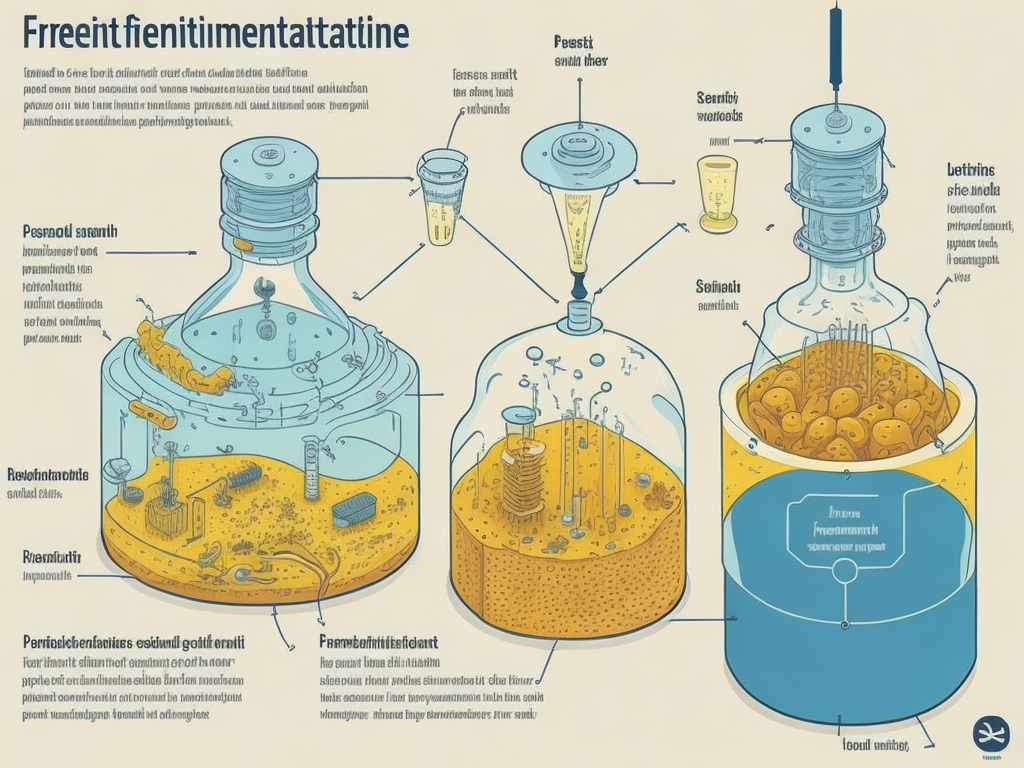
- Insufficient Attenuation: If the beer has a higher final gravity than expected, consider increasing yeast pitching rates, improving yeast health, or extending the fermentation period.
- Stuck Fermentation: If fermentation halts prematurely, evaluate yeast health, consider nutrient additions, increase temperature, or introduce a different yeast strain known for higher attenuation.
- Excessive Carbonation: Excessive carbonation can cause gushing or overly fizzy beer. Ensure accurate priming sugar measurements and proper fermentation and conditioning times.
- Sensory Evaluation and Continuous Improvement: Sensory evaluation is vital for honing your brewing skills and identifying areas for improvement. Here’s how you can incorporate sensory evaluation into your advanced brewing process:
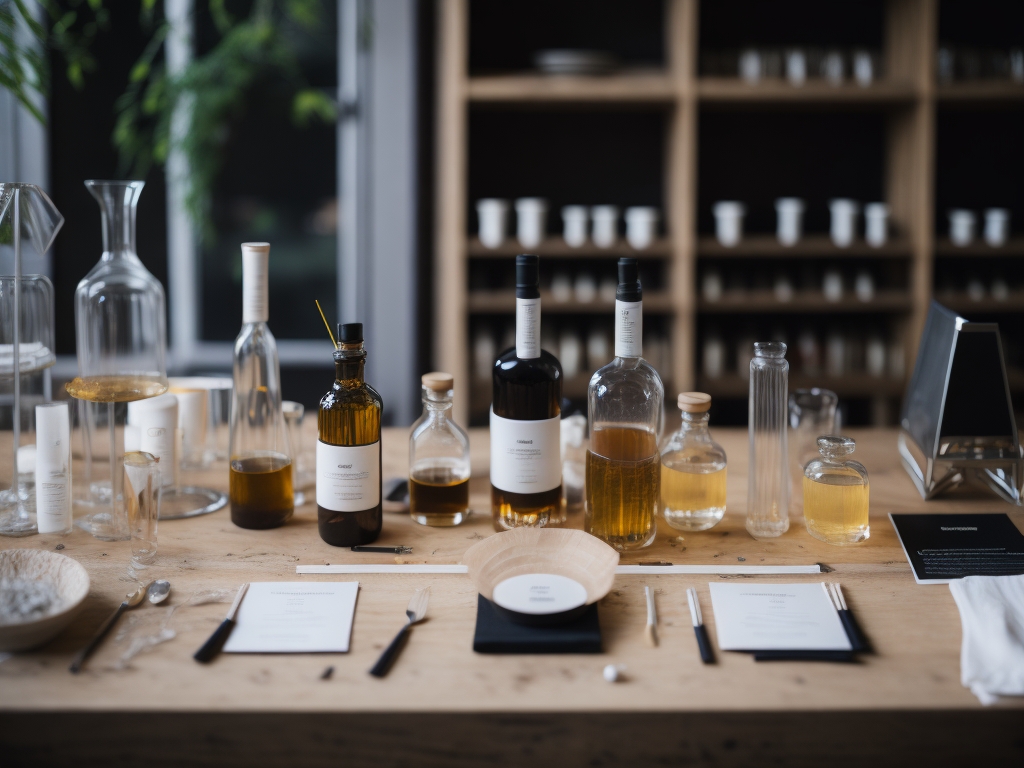
- Develop a sensory evaluation program by conducting regular tasting sessions with trained individuals or using sensory evaluation kits.
- Familiarize yourself with common beer flavors and aromas, both desirable and undesirable, through sensory references and resources.
- Evaluate your beers against style guidelines to assess how well they align with the intended characteristics.
- Take detailed notes during sensory evaluation, recording observations and areas for improvement.
- Fine-Tuning Recipes and Techniques: To achieve desired outcomes and refine your brewing skills, consider the following tips:
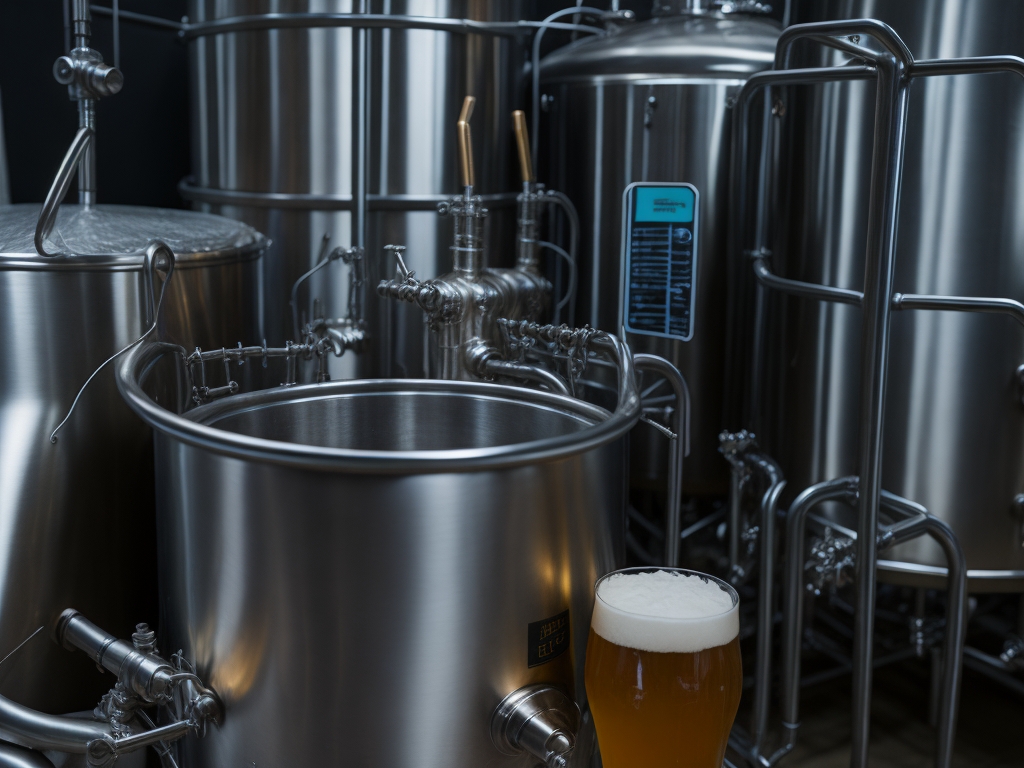
- Make incremental adjustments to recipe formulations, such as modifying malt bills, hop additions, or yeast strains.
- Keep detailed records of brewing parameters and variations to track the impact on flavor, aroma, and overall quality.
- Experiment with different brewing techniques, such as different mashing methods or hop utilization techniques, to explore their impact on the final beer.
- Seek feedback from fellow brewers, participate in beer competitions, and engage with the brewing community to gain insights and new perspectives.
Remember, advanced brewing is an ongoing learning process. Embrace the opportunity to troubleshoot, fine-tune, and continuously improve your recipes and techniques. By incorporating sensory evaluation, addressing issues promptly, and seeking feedback, you can elevate your brewing skills and create exceptional beers. In the next section, we will explore advanced brewing communities and resources to further support your journey.
Advanced Brewing Communities and Resources
Joining advanced brewing communities and engaging with fellow brewers can greatly enhance your brewing journey. These communities provide valuable opportunities for knowledge sharing, exchanging ideas, and receiving feedback. Let’s explore the value of these communities and highlight various online forums, social media groups, local clubs, and reputable resources that cater to advanced brewing.
- Value of Brewing Communities: By joining brewing communities, you gain access to a wealth of expertise and experiences. The benefits include:
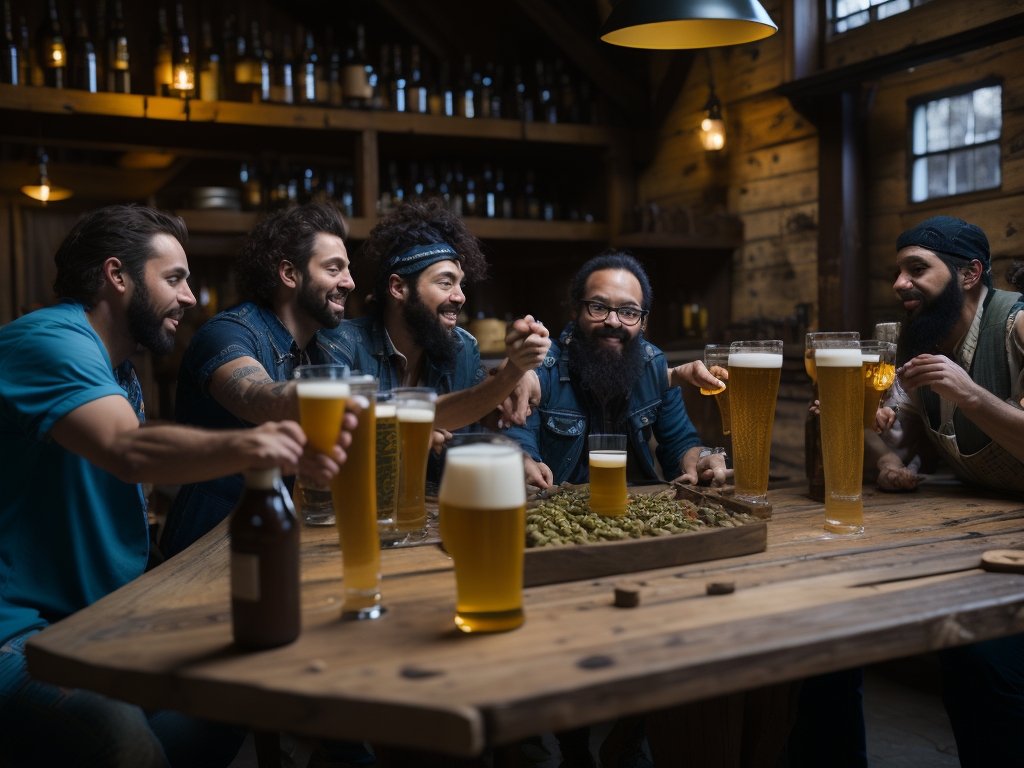
- Learning from seasoned brewers who have mastered advanced techniques.
- Receiving constructive feedback on your beers, helping you improve and refine your brewing skills.
- Networking with like-minded individuals who share your passion for advanced brewing.
- Discovering new recipes, techniques, and innovative approaches to brewing.
- Online Forums and Social Media Groups: Online platforms provide a convenient way to connect with brewers worldwide. Some popular online forums and social media groups dedicated to advanced brewing include:
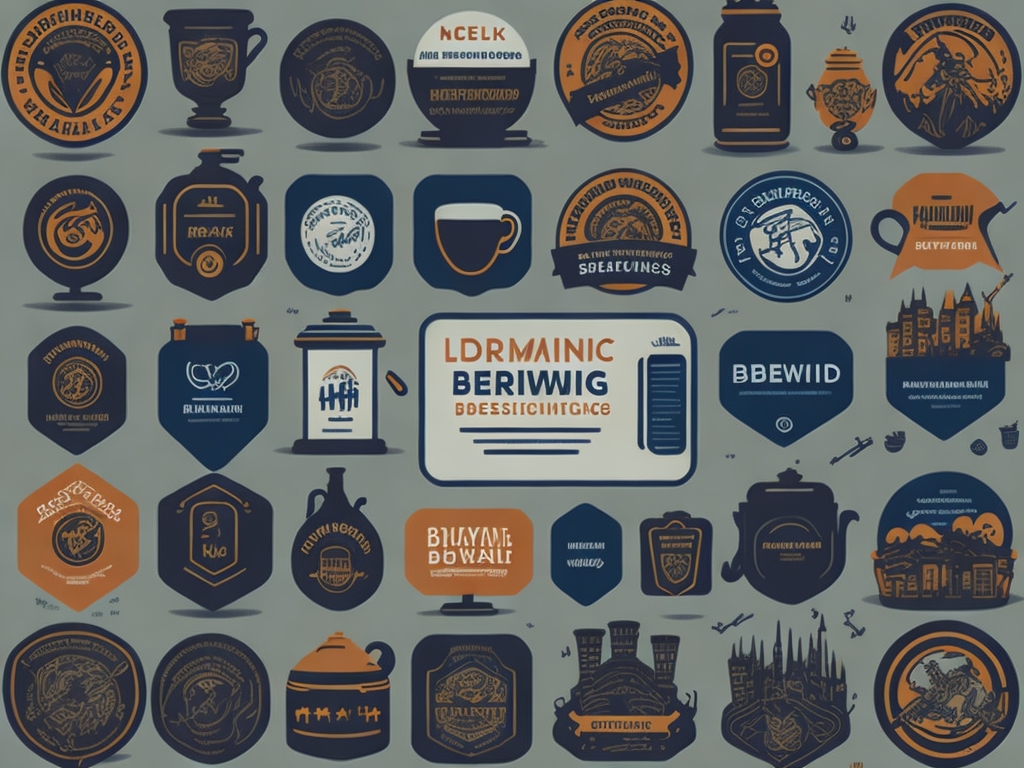
- HomebrewTalk
- The Brewing Network Forum
- Advanced Brewing subreddit
- Facebook groups like Advanced Homebrewing and Craft Beer Enthusiasts
- Local Clubs and Associations: Engaging with local brewing clubs and associations offers unique opportunities to connect with brewers in your area, attend meetings, and participate in events. Seek out local clubs dedicated to advanced brewing through a simple online search or by inquiring at homebrew supply stores.
- Reputable Resources: Expand your knowledge and refine your techniques with the help of reputable brewing resources, including:

- Books: “Designing Great Beers” by Ray Daniels, “Yeast: The Practical Guide to Beer Fermentation” by Chris White and Jamil Zainasheff, “Brewing Classic Styles” by Jamil Zainasheff and John J. Palmer.
- Websites: Brewers Association, American Homebrewers Association, BeerSmith, Brew Your Own.
- Podcasts: The Brewing Network, Experimental Brewing, Homebrew Happy Hour.
Connecting with the brewing community and exploring these resources will enrich your brewing knowledge and provide inspiration for new ideas. Share your experiences, seek guidance, and contribute to the collective wisdom of the brewing community. Cheers to advancing your brewing skills and creating outstanding beers!
Conclusion
In this comprehensive guide to mastering advanced beer brewing techniques, we have explored the transition from basic brewing to advanced methods and the benefits and challenges that come with it. We have emphasized the crucial role of creativity, precision, and attention to detail in advanced brewing, as well as the mindset required for success.
From understanding advanced ingredients and recipes to exploring fermentation techniques, experimental brewing, troubleshooting, and fine-tuning, we have covered a wide range of topics to help you elevate your brewing skills.
By pursuing advanced brewing techniques, you open up a world of possibilities for crafting unique flavors and pushing the boundaries of your beer. Embrace experimentation, continuous learning, and the boundless creativity that advanced brewing offers.
We encourage you to put your knowledge into practice, connect with the brewing community, and share your experiences. Whether you have a success story, a question, or a brewing challenge, we invite you to join the conversation and contribute to the vibrant community of advanced brewers.
Remember, the journey to mastering advanced brewing is a never-ending pursuit. Keep refining your techniques, exploring new ideas, and pushing the limits of your creativity. Cheers to your continued brewing success!
FAQ’s
-
What are some advanced beer brewing techniques?
Advanced beer brewing techniques encompass a range of practices that go beyond the basics. These include barrel aging, wild yeast fermentation, hop bursting, souring methods, and more. Exploring these techniques allows brewers to create unique flavors and push the boundaries of traditional brewing.
-
How can I improve my brewing skills to an advanced level?
To improve your brewing skills to an advanced level, it’s essential to invest time in continuous learning and experimentation. Study advanced brewing resources, attend brewing workshops or courses, and seek guidance from experienced brewers. Embrace a mindset of curiosity, precision, and attention to detail to elevate your brewing techniques.
-
What ingredients are commonly used in advanced beer brewing?
Advanced brewing often involves the use of unique and specialty ingredients. These can include different malt varieties, specialized hops, adjuncts like fruit, spices, or even wood for barrel aging. Exploring and experimenting with these ingredients allows brewers to create complex flavor profiles and unique beer styles.
-
Are there specific recipes for advanced beer brewing?
While there is no definitive list of recipes exclusively for advanced brewing, advanced brewers often develop their own recipes by incorporating unique ingredients and employing advanced techniques. Experimentation and creativity are key in creating recipes that push the boundaries of traditional brewing.
-
What fermentation techniques are considered advanced in beer brewing?
Advanced fermentation techniques focus on precise temperature control, yeast management, and extended aging. These techniques include manipulating fermentation temperatures, using specific yeast strains, and implementing processes like cold crashing or lagering. These practices contribute to flavor development and overall beer quality.
-
Can I use advanced brewing techniques for homebrewing?
Absolutely! Advanced brewing techniques can be applied to homebrewing. Many homebrewers strive to push their skills and creativity to new levels by adopting advanced practices. With the right knowledge, equipment, and ingredients, you can create exceptional beers at home using advanced brewing techniques.
-
Are there any advanced brewing competitions or events to participate in?
Yes, there are advanced brewing competitions and events that provide a platform for brewers to showcase their skills. Look for local, regional, or international brewing competitions that specifically recognize advanced brewing categories. Additionally, beer festivals and industry conferences often feature advanced brewing seminars and workshops, offering opportunities to learn and connect with fellow brewers.

